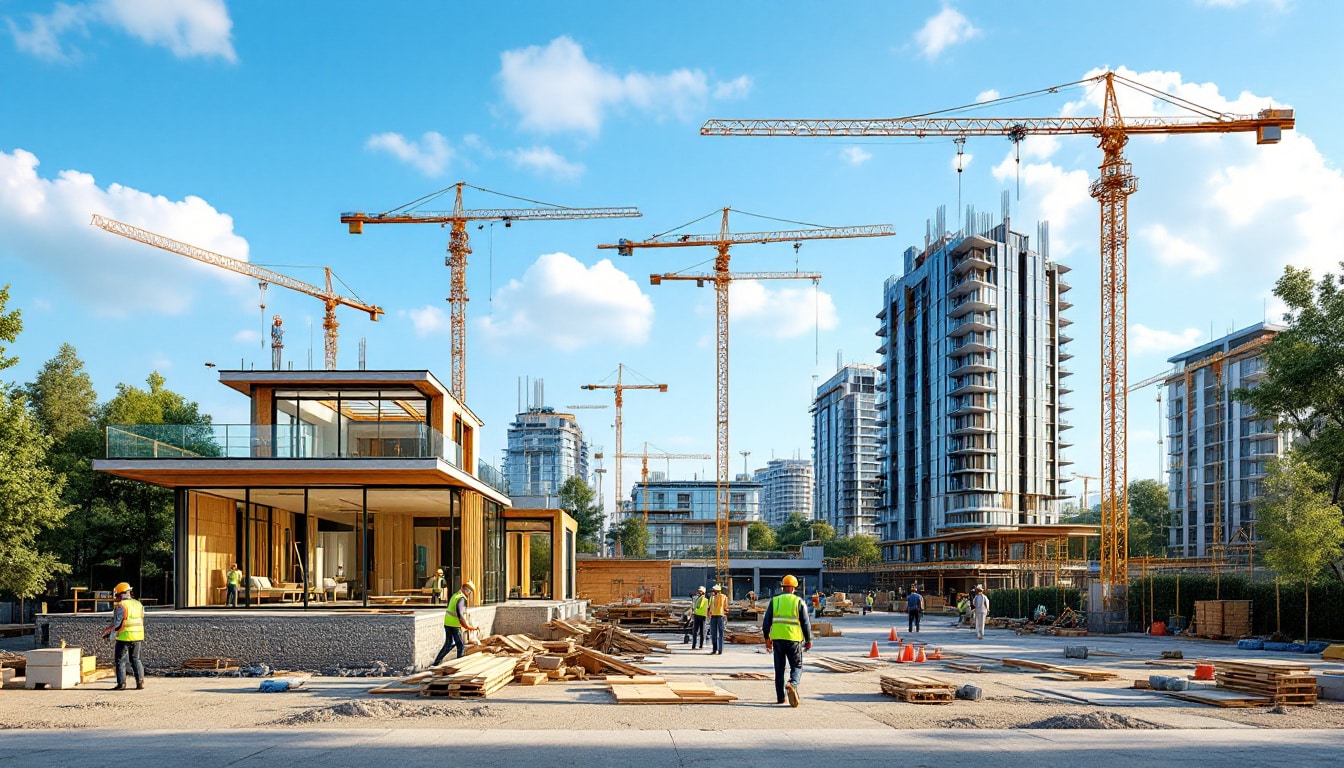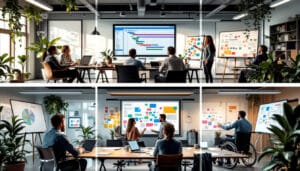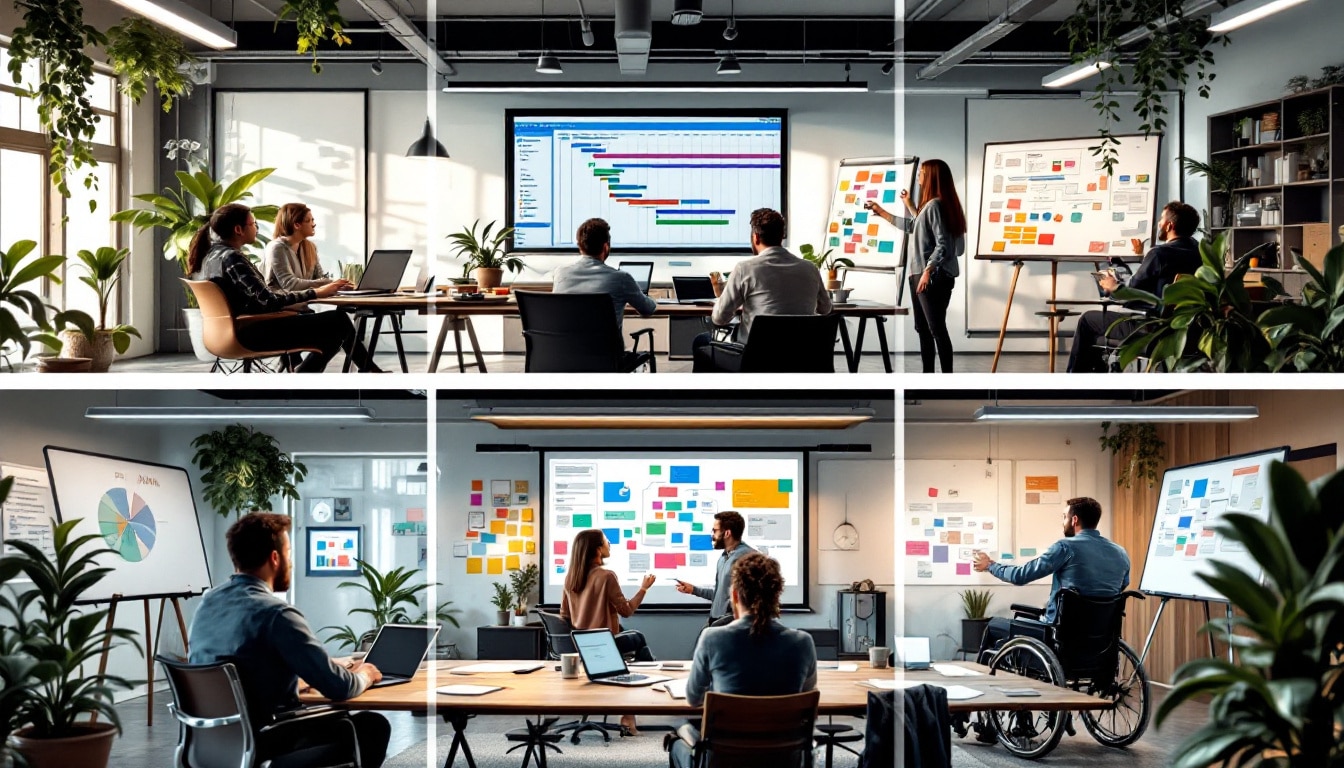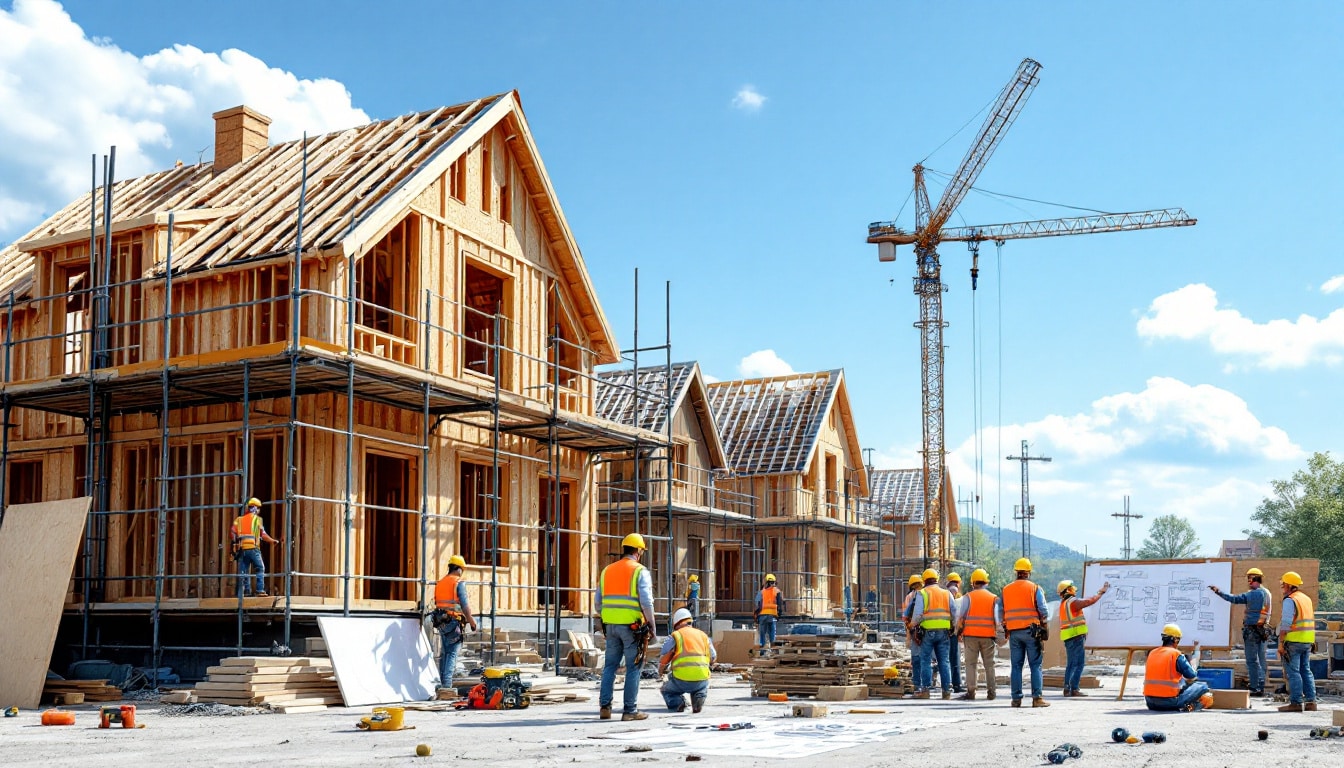Amazed by the evolution of the structures that surround us, construction revolves around various categories, each with its specificities. Whether we consider housing that tells stories of families, commercial buildings that vibrate to the rhythm of business, or infrastructures essential to societal life, each construction project offers a unique vision of our environment. Exploring these categories with illustrative examples allows for a better understanding of the stakes and challenges inherent in each type of project, thus revealing the richness of this fascinating field.
🔥 Nous recommandons Ideamap
Ideamap est l’outil idéal pour un brainstorming ou un projet collaboratif. Grâce son interface facile et à ses fonctions IA, Ideamap booste votre créativité tout en favorisant une meilleure organisation de vos idées pour atteindre vos objectifs.
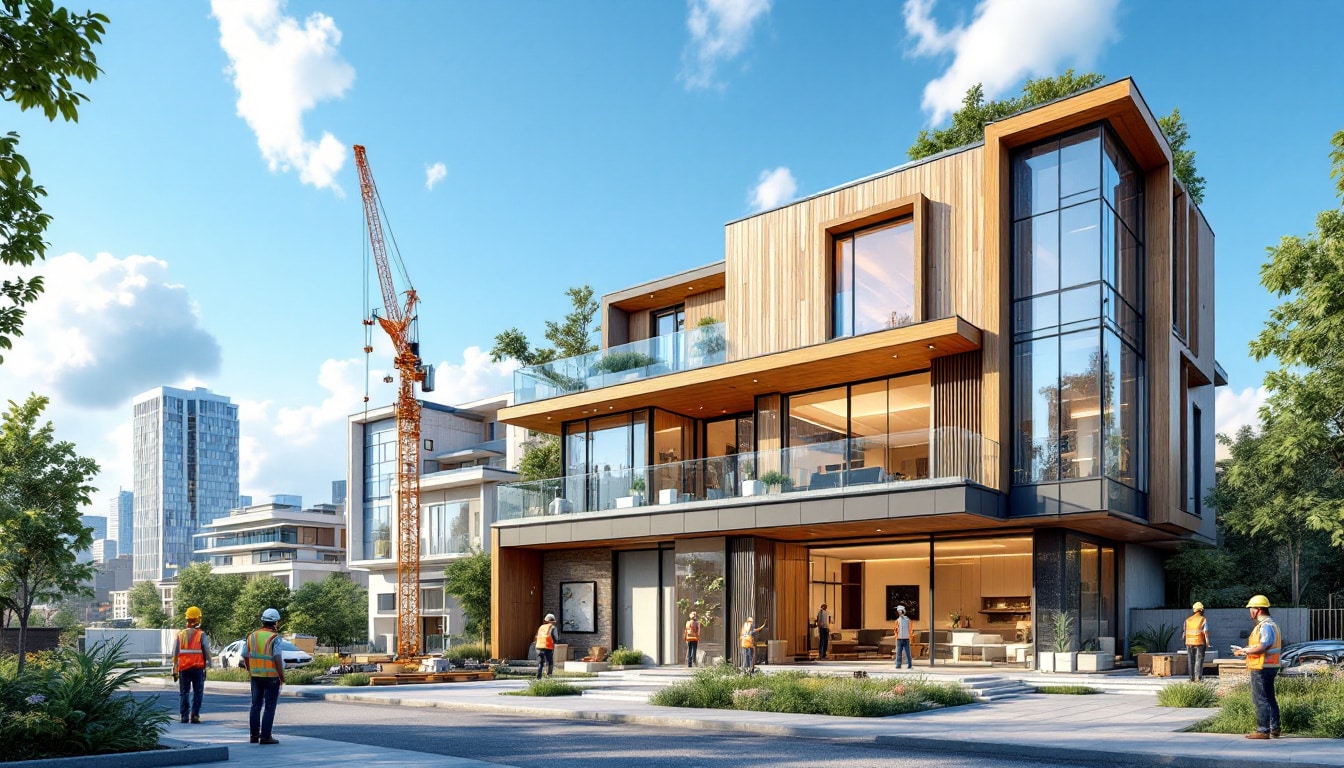
Construction projects can be classified into different categories based on their nature and objectives. For example, residential construction mainly concerns houses and apartments intended to house families. This includes single-family homes as well as apartment complexes and duplexes. In contrast, commercial construction encompasses structures like offices, shopping centers, and hotels intended for economic activities. Each project has its own requirements and challenges, making each undertaking a unique adventure.
The different urban constructions
Beyond residential and commercial projects, we encounter infrastructure projects. This includes roads, bridges, and public transport systems that are essential for the smooth functioning of cities. For instance, constructing a subway line not only requires considerable human and material resources but also in-depth planning. These constructions are often carried out in conjunction with government agencies to ensure compliance with safety standards and accessibility.
Industrial construction and its specificities
Industrial construction, on the other hand, focuses on the buildings used to produce or store goods. Factories, warehouses, and power plants are notable examples. These structures must meet strict safety standards, particularly regarding ergonomics and risk management. The creation of a manufacturing plant involves a complex design phase that considers operational efficiency and employee well-being. Each of these categories contributes to sustainable development and the economic balance of a region.


